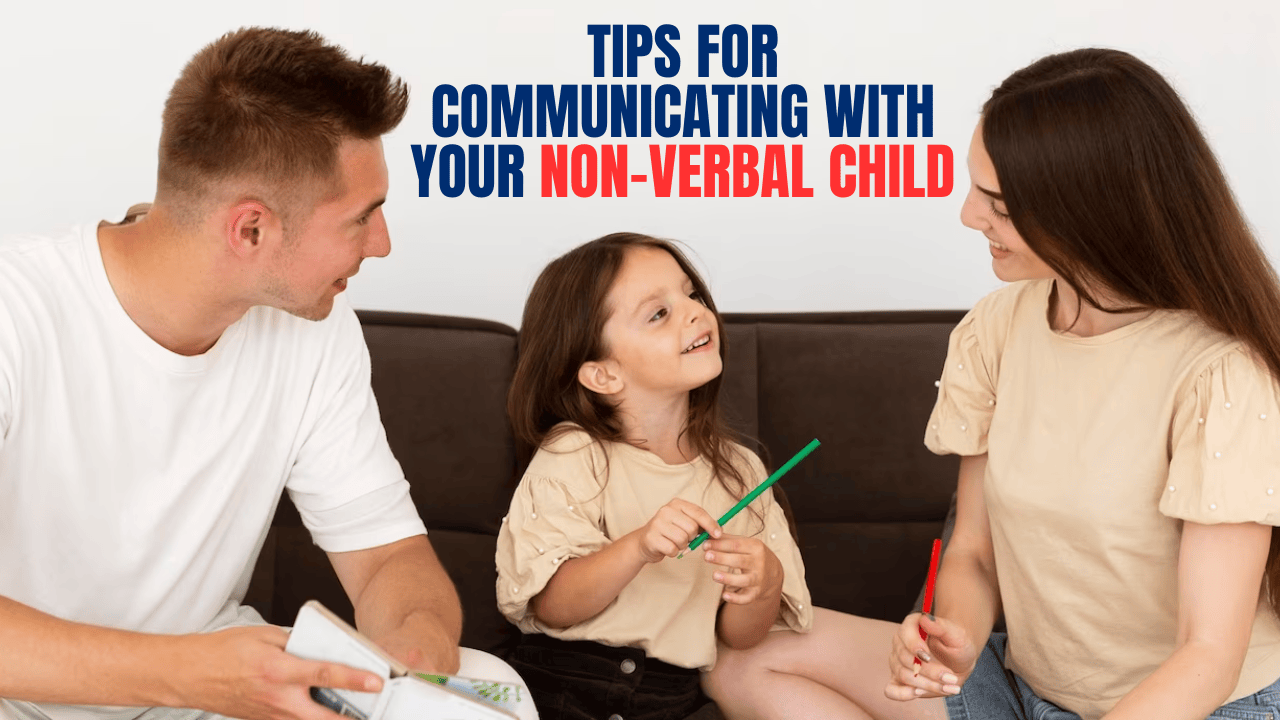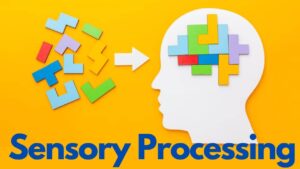In this article we have shared the 10 Tips for Communicating With Your Nonverbal Child. With a little patience and creativity, you can find ways to connect with your child and help them express their wants and needs.
1. Introduction
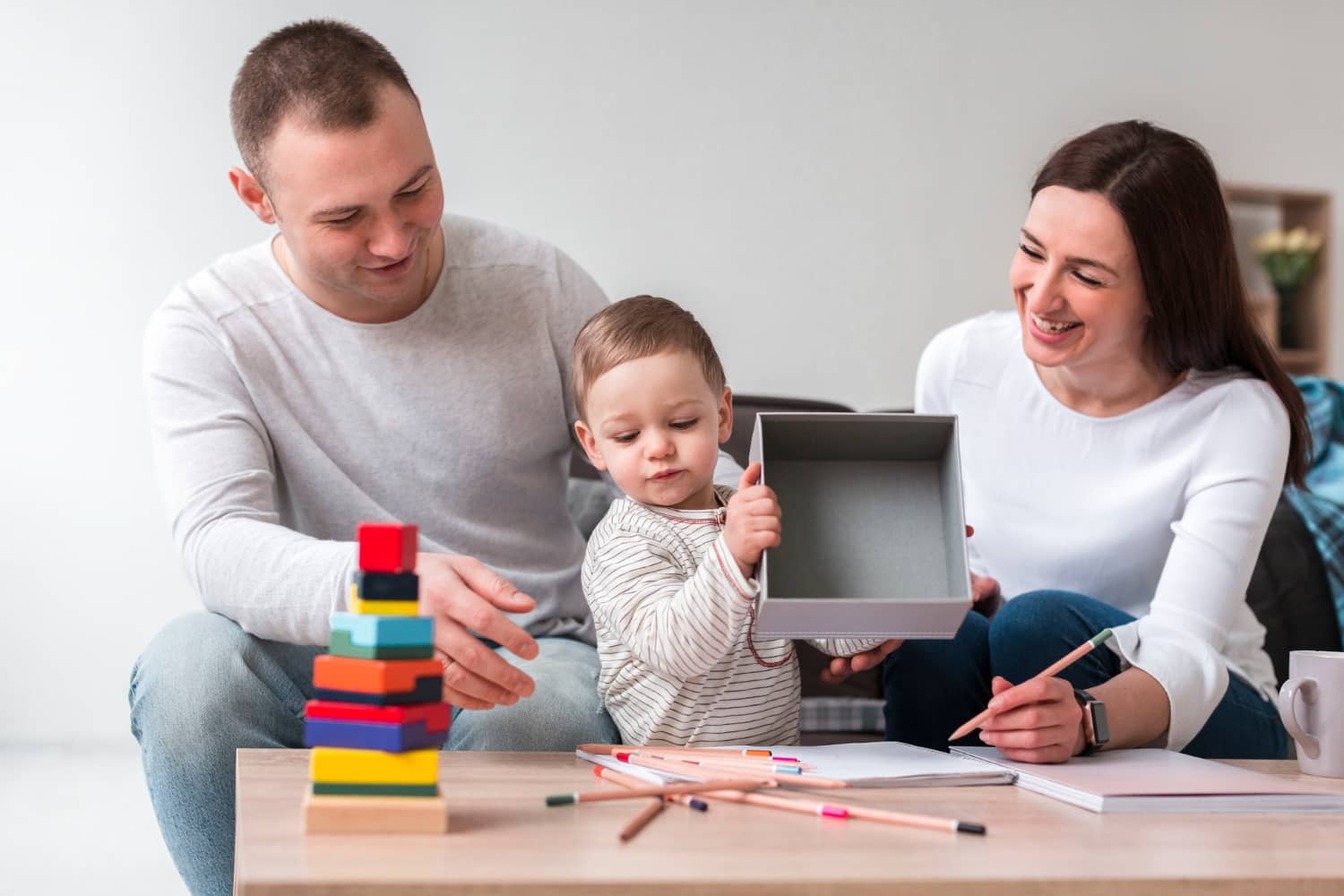
If you are the parent of a child with autism, you may have observed that your child has difficulty communicating with you and others. Your child may not make eye contact, or they may avoid using words altogether. While this can be frustrating, there are ways to communicate with your nonverbal child.
With a little patience and creativity, you can find ways to connect with your child and help them express their wants and needs.
In this article, we will share 10 tips for parents on how to communicate with their nonverbal child in autism.
2. Why is communication important for children with autism?
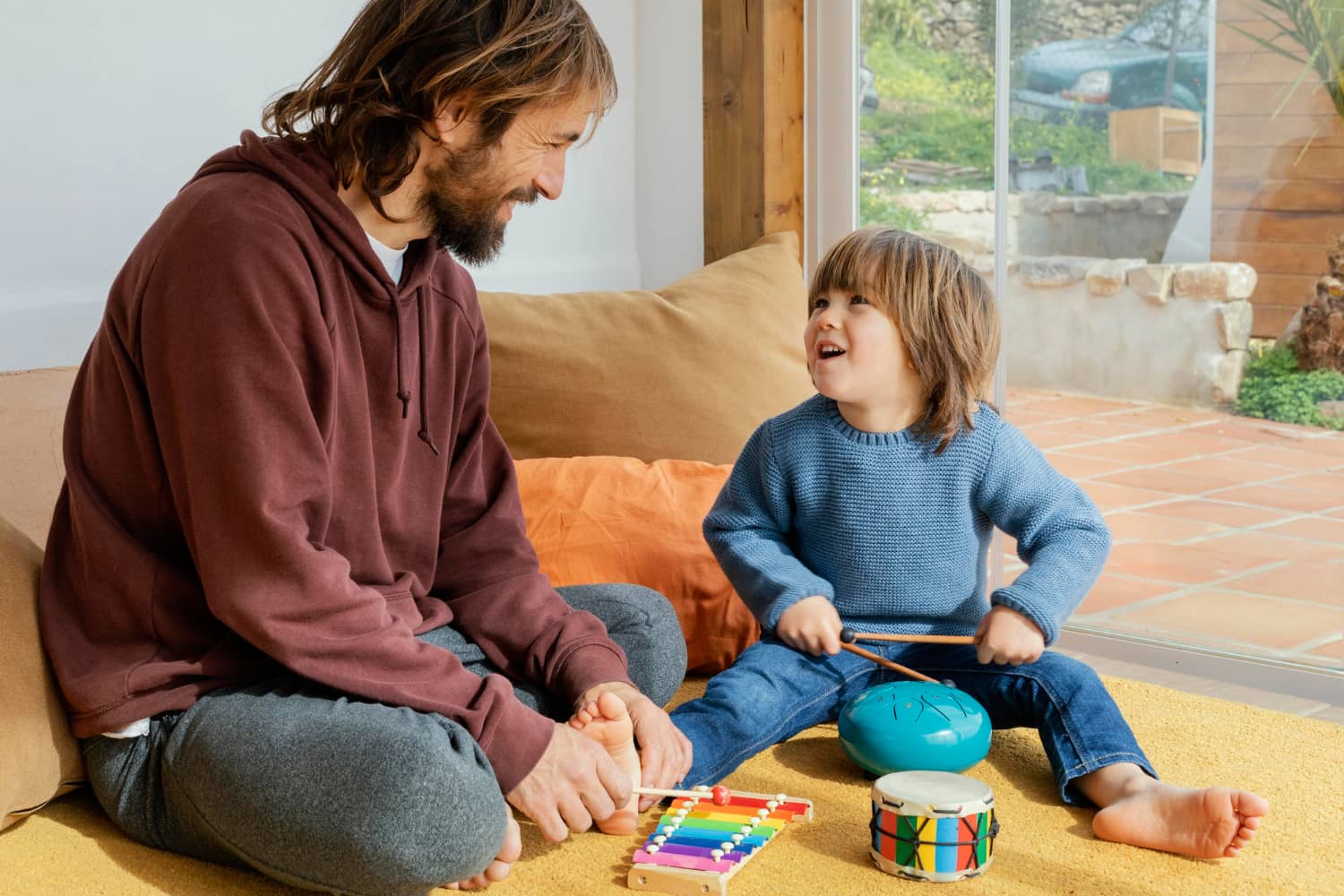
Communicating with children with autism is essential to help them understand the world around them and make sense of their own emotions and experiences.
For nonverbal children, communication is an avenue to express their wants and needs and interact with the people in their lives. Communication can also help children with autism build relationships and form connections with the people around them.
Communication can also reduce stress, create a sense of security, and build self-confidence. Additionally, communication can help children with autism develop their cognitive and social skills, as well as better understand abstract concepts such as light and dark, moving or stationary, loud or quiet, etc.
Furthermore, communication can help children with autism engage in activities, such as following directions, making requests, and more, that are integral to their daily lives.
Also Read:- Best Resources Used in the Management of Autism
3. What are some tips for parents to communicate with their nonverbal child in autism?
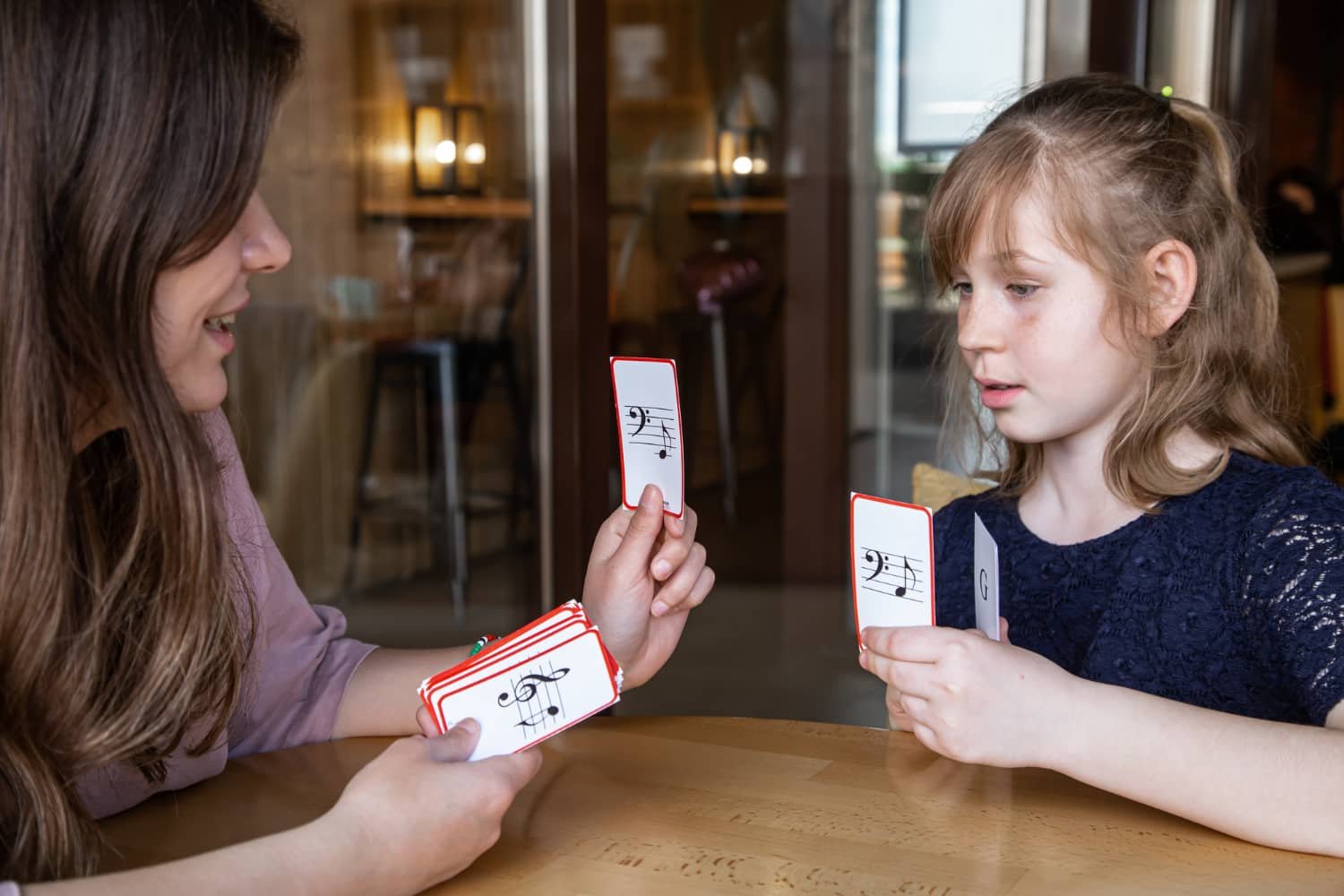
Communicating with a nonverbal child in autism can be difficult and overwhelming, but it is an essential part of raising a child with autism. Here are a few key tips for parents to help them successfully communicate with their child.
- Use visuals. Visuals, such as pictures, symbols, or body language, can help create a connection between a parent and child. This can help them express their needs, wants, and even understand abstract concepts.
- Be consistent. A consistent communication system helps children with autism to better understand expectations. Children with autism may also feel more secure with a consistent set of rules and guidelines.
- When having a conversation with your child, be sure to show that the conversation is valued. Listening to what your child is saying, even if it’s nonverbal, can help them feel understood and validated.
- Be patient. Nonverbal communication can be slow, and some children may take longer to process and express their feelings. It is important to be patient and allow your child to take the time they need.
- Take turns. Teaching your child the concept of taking turns can help them understand how to initiate conversations and develop conversation skills. Learning the importance of reciprocal conversation is an important building block of communication.
Also Read:- What Is High Functioning Autism? A Parent’s Guide
4. Getting started with communication

Getting started with communication doesn’t have to be daunting. The tips below can help parents of nonverbal children in autism to get started:
- Begin with a low-pressure situation. Start by communicating about something that your child is comfortable with, such as a favorite activity. When they are comfortable in the situation, gradually introduce more complex concepts.
- Give your child an opportunity to communicate. Offer choices, ask questions that can be answered with a gesture, or use prompts with visuals or objects to help your child communicate.
- Make use of the tools available. Using phones and tablets can help to create a more interactive communication experience. Apps designed specifically for autistic children can provide them with a more accessible way to communicate.
- Use social stories. Developing social stories can help a child prepare for a new or anxiety-inducing situation. Having stories that they can relate to can help them to break down complex concepts.
- Include communication in everyday activities. Incorporating communication into daily tasks can be an effective way to help a child practice. For example, during mealtime, use the opportunity to ask your child questions about their food. This can help them practice their communication skills.
5. Utilizing different communication tools
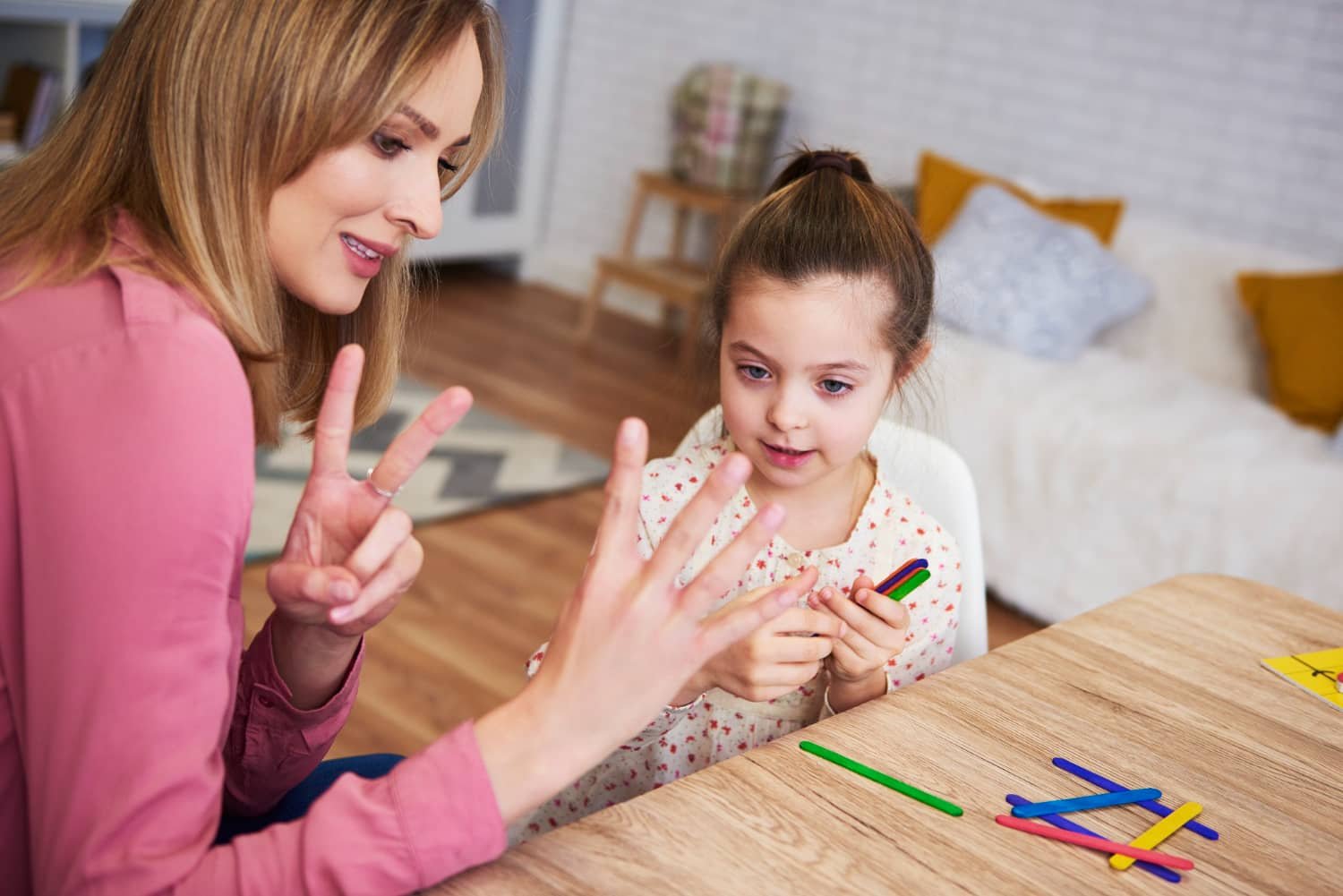
To expand the communication opportunities for your nonverbal child in autism, utilizing different communication tools is important. Some of the tools that may be beneficial to try include:
- Sign language. Learning sign language can help a child with nonverbal autism to communicate more effectively.
- Augmentative and alternative communication (AAC). AAC uses technology, such as devices or tablets, to allow users to communicate and express themselves in different ways.
- Picture or photo exchange communication (PECS). PECS uses pictures and symbols to create sentences and make requests.
- Social skills workshops. Participating in social skills workshops can help a child with autism to build and improve their communication skills in a structured setting.
- Acting classes/drama therapy. Taking acting classes or participating in drama therapy can help to increase a child’s confidence when communicating. It also helps them to understand the emotions behind facial expressions and body language.
6. Visual supports
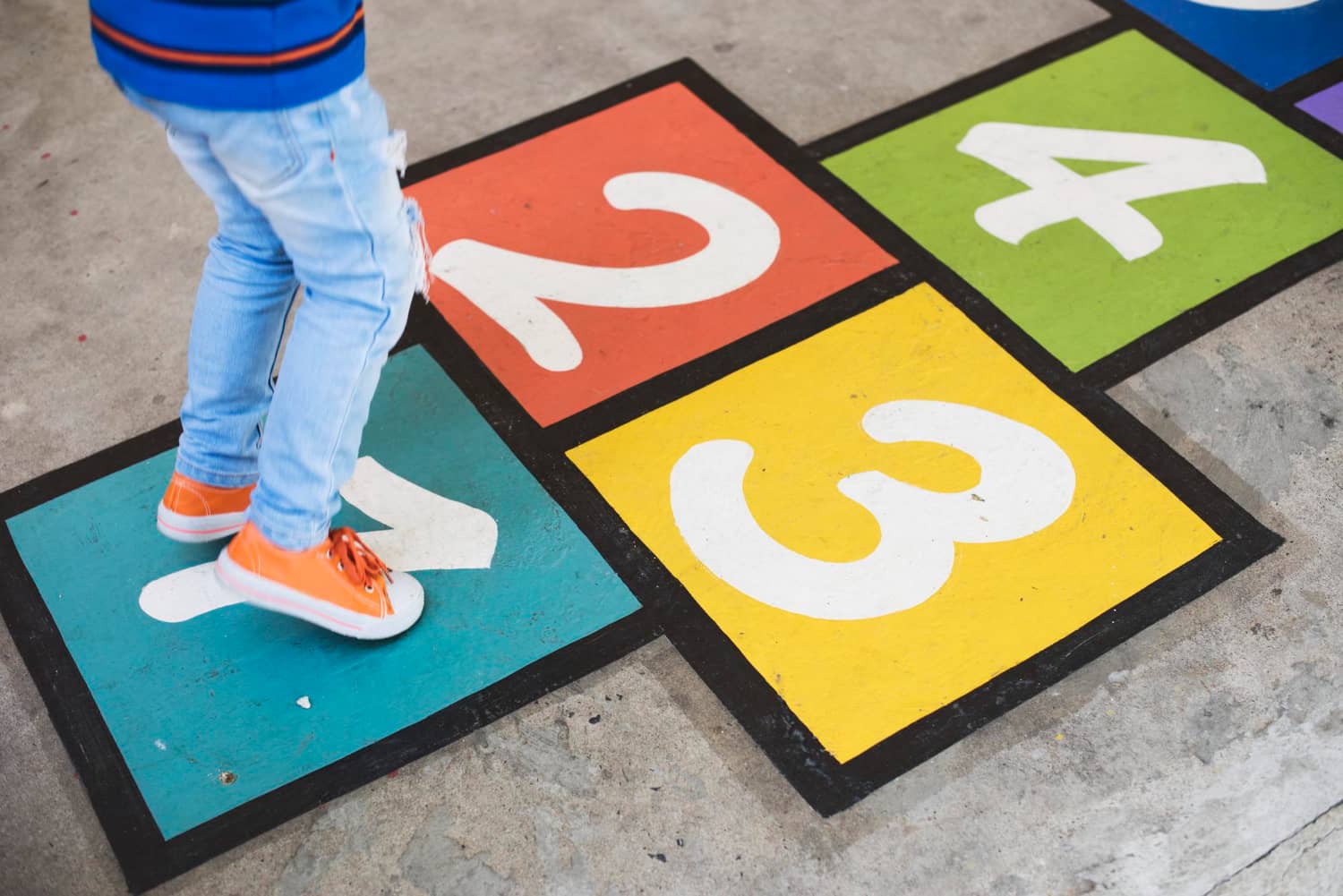
Young children with autism often need visual supports to communicate effectively. Visual supports are any type of visual representation that helps the child to better understand what is being said.
Visual supports can help children to recognize and interpret abstract concepts, such as time, abstract emotions, and so on.
Some examples of visual supports you can use with your nonverbal autistic child include:
- Visual schedules. These are used to help the child better anticipate what is to come and plan ahead.
- Visual timers. These can help the child understand and manage their daily routine better.
- Social stories. These are stories used to help children with autism to understand and interpret their emotions.
- Choice boards. These allow the child to make choices and better understand the consequences of their actions.
- Calming strategies. Visuals can also be used as calming strategies to help the child relax. For example, you can use breathing visual aids to help the child control their breathing during times of anxiety.
Using visuals to communicate with your nonverbal autistic child can be helpful and beneficial in letting them understand the world, their behavior, and the reactions of other people. It can also help to create structure and consistency in their life and reduce their anxiety levels.
7. Consistency
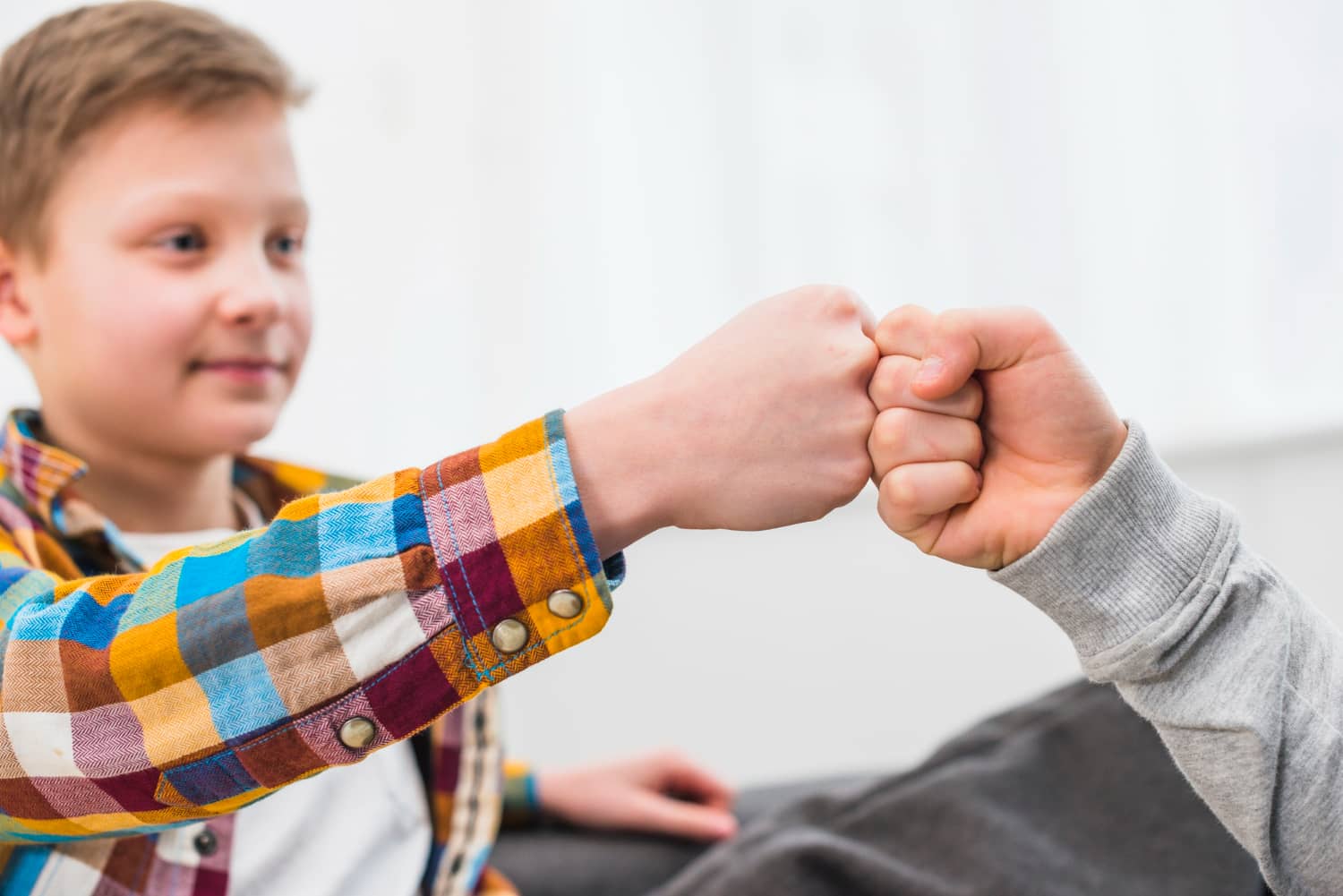
Consistency is key when communicating with your nonverbal autistic child. Keep your routines and expectations the same. As much as possible, use the same words and visuals whenever you communicate with your child. This will help them to better understand what you are talking about.
For example, if you always use a certain visual to signal “bedtime”, make sure to use the same visual every night. If you always say “bedtime is in ten minutes”, make sure to include the same phrase every night. By having consistent routines and expectations, your child will be less likely to get confused and overwhelmed.
Another way to help your nonverbal autistic child is to use the same visuals for similar tasks.
For example, if you always use an arrow visual for pointing to things, use that for all tasks. That way, your child will learn to recognize the visual and quickly understand what is being asked of them.
To help your nonverbal autistic child understand the world and create structure in their life, consistency is a must. Keep your visuals and routines the same, as much as possible, to help your child learn and adapt.
8. Encouragement
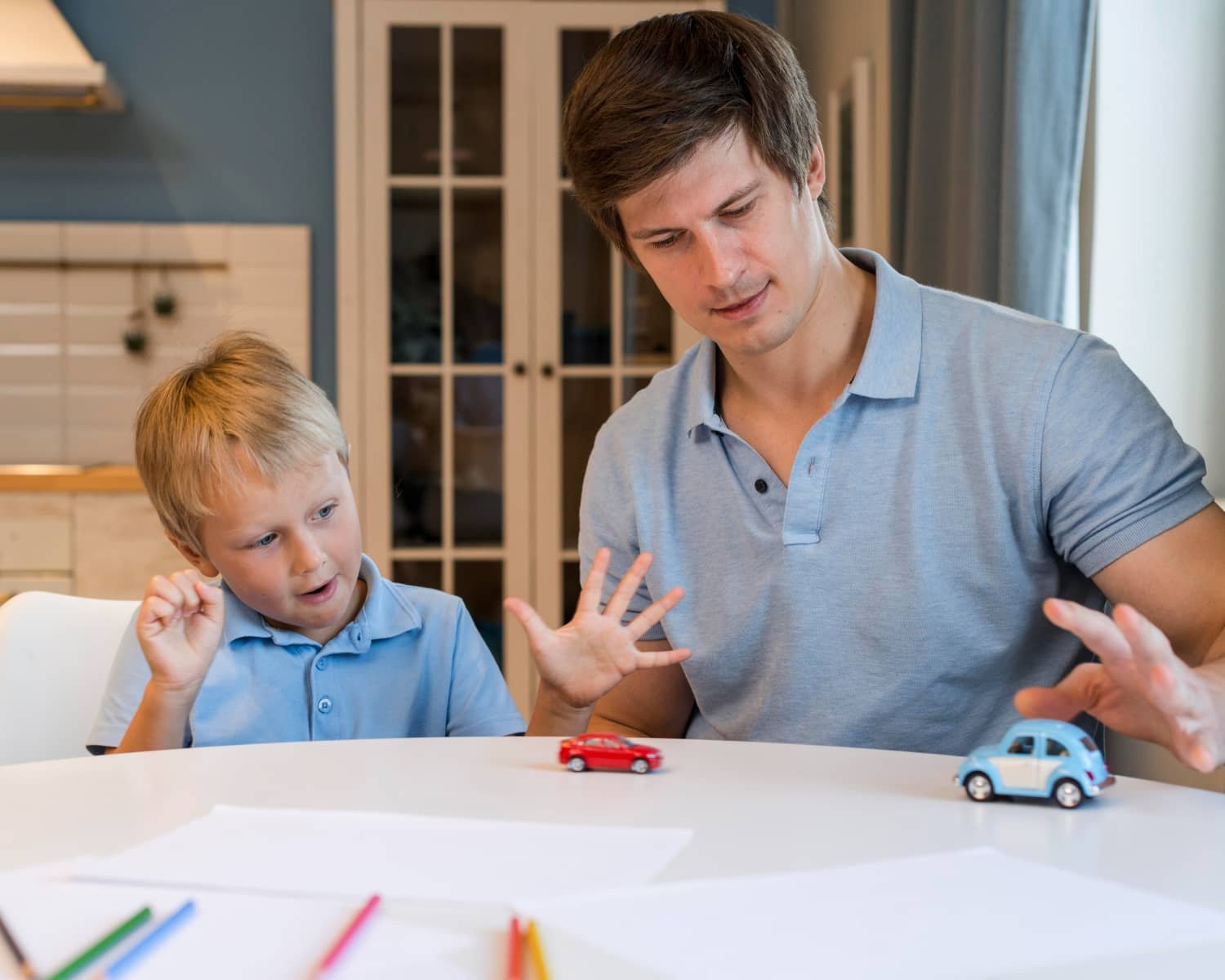
Don’t underestimate the power of encouragement. Positive reinforcement goes a long way in building your nonverbal autistic child’s confidence, self-esteem, and communication skills. Words of affirmation and praise, rather than criticism and punishment, will be more beneficial for your child.
Show your child you are proud of their accomplishments and point out when they have achieved something correctly. It can also be helpful to provide rewards for positive behaviors and other milestones.
For example, if your child is struggling with asking for help, give them a reward (like a toy or treat) every time they are successful in doing so. This will reinforce the habit and make them more likely to ask for help in the future.
Make sure to express your emotions positively when communicating with your nonverbal autistic child. Smile often, use eye contact, and keep your voice warm and calm. Your child will be more receptive to your words and commands if you present them in a positive manner.
Positive encouragement and affirmation can go a long way in helping your nonverbal child better understand language and communication.
9. Getting creative
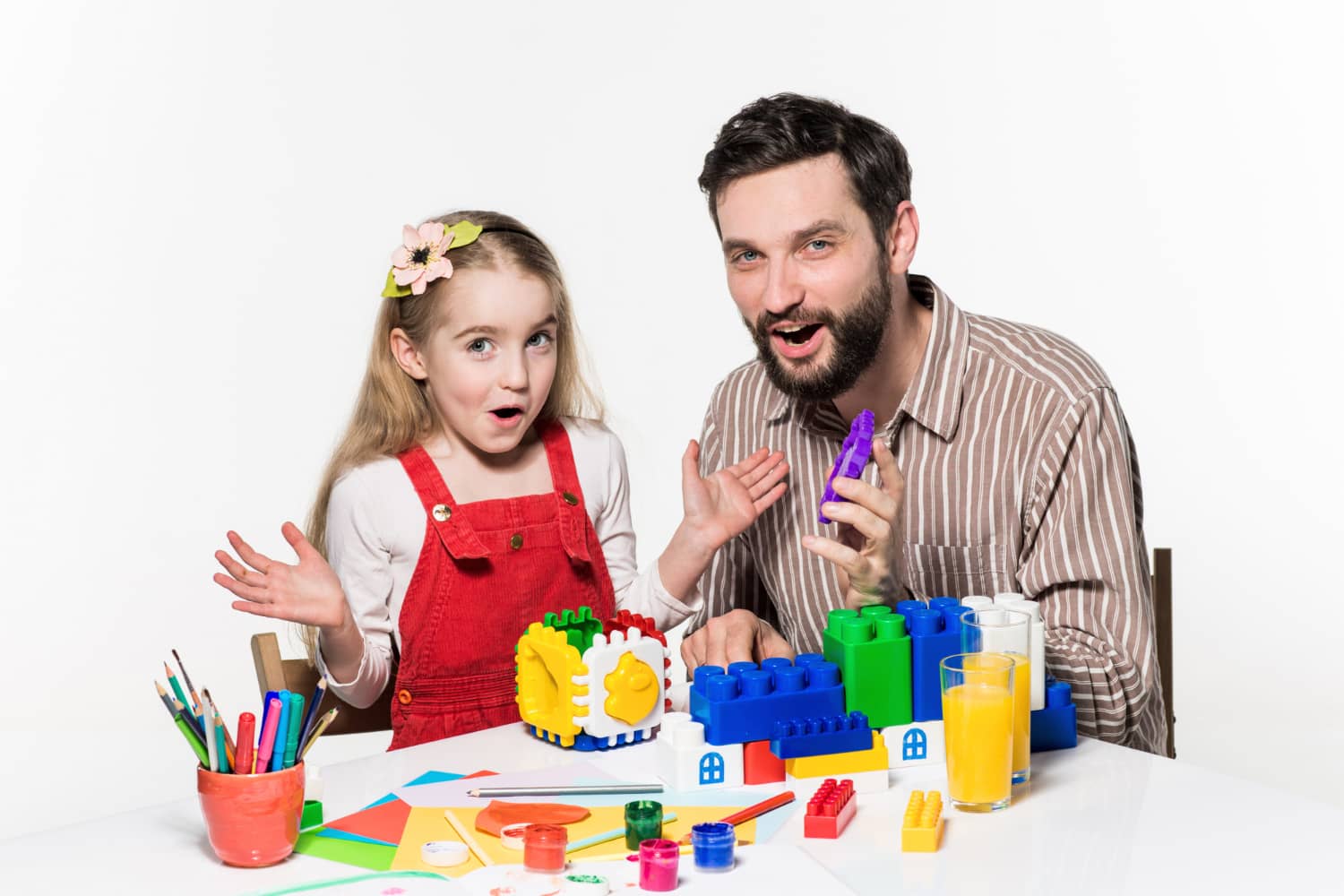
Getting creative is essential when communicating with your nonverbal autistic child. You can try different activities or games that will get them to interact or learn language, such as singing, dancing, playing charades, and telling stories.
There’s no one-size-fits-all approach to communicating with nonverbal children. You will have to tailor activities to fit their individual needs and interests.
For example, if your child loves sports, you can use sports-related stories to teach them language and communication. If they are musically inclined, you can create stories set to music as a learning tool. Using creative activities, characters, and props can also be a great way to demonstrate language.
Additionally, using visuals and other multimedia tools like YouTube can really help your nonverbal autistic child learn language and communicate. Visuals are often easier for nonverbal children to understand, and by introducing videos, pictures, and animations, your child can learn language through visuals.
When communicating with your nonverbal autistic child, remember that you’ll have to try different approaches and be patient. Through practice, patience, and creativity, you’ll eventually find the best method to get through to your child and help them learn language and communication.
10. Being patient
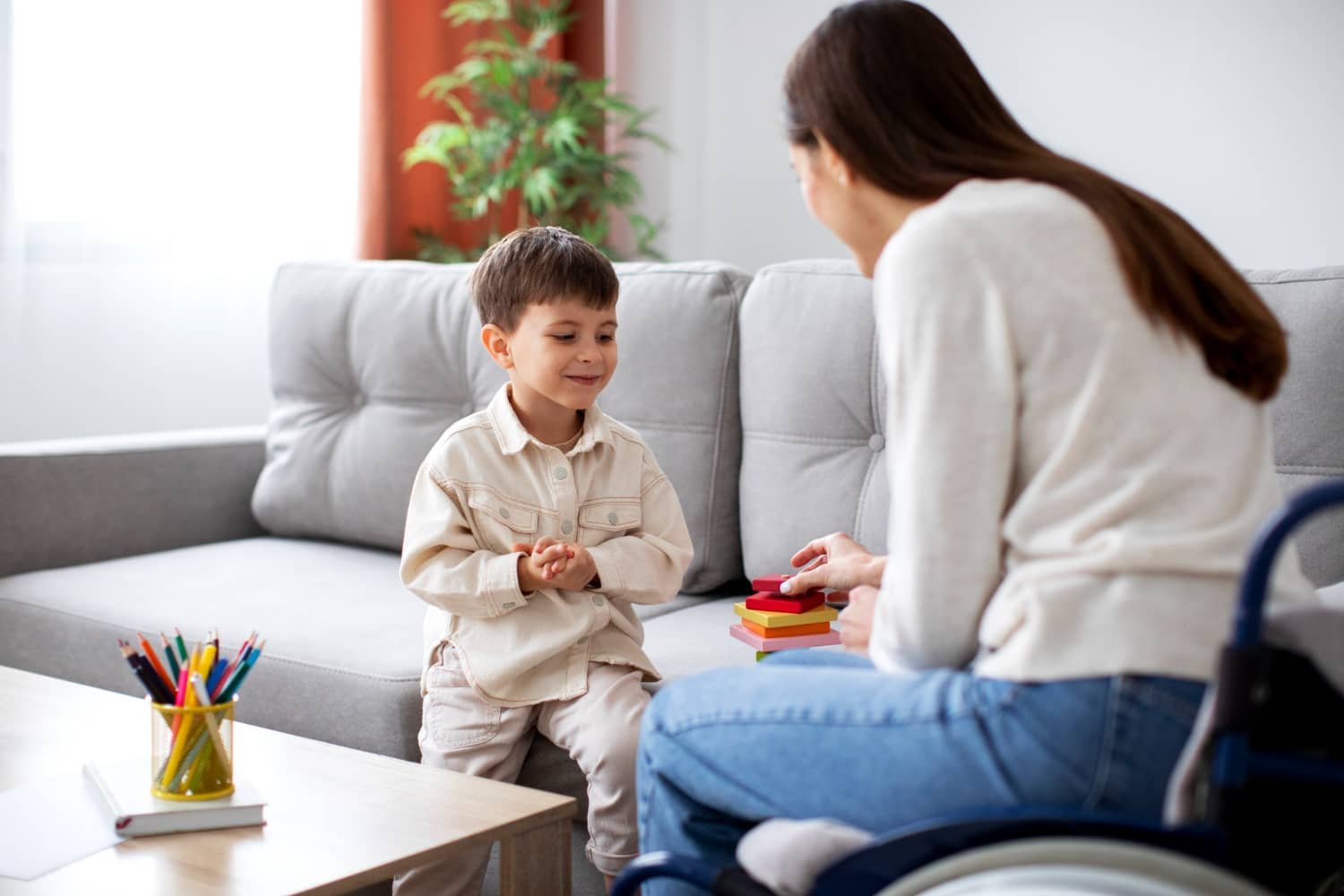
Being patient is an essential part of communicating with your nonverbal autistic child. Communicating with them could take time and lots of repetition. Every child is different and some may take a few attempts before they understand what you are trying to tell them, while other children may only need one try.
Remember that no one expects you to be perfect and communicating with a nonverbal child can be hard. It’s important to be patient and consistent when teaching and interacting with a nonverbal child.
Creating a supportive and stress-free environment is important in building the relationship with your nonverbal child. Don’t be judgmental of your child or be too hard on yourself when you’re communicating with them. Respect their sensory sensitivities and try not to rush them when responding.
Aim to make communication a positive experience. With time, patience, and understanding, your bond with your nonverbal child will become stronger.
Conclusion
So, according to the experts, above mentioned tips are the best Tips for Communicating with Your Non-verbal Child.
I hope that this article will surely help you, if you have any query regarding the toys for your child, please drop your questions in the comment box below. We will be happy to answer you.
Please share this article and connect us on Facebook and Instagram.
You can also learn thing about the autism and ADHD at our youtube chennal here. Do subscribe.

